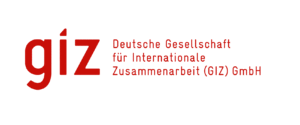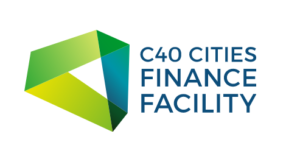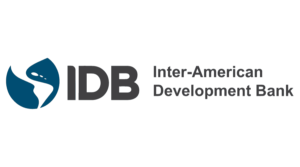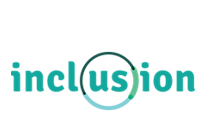
The PIDA Job Creation Toolkit is a service provided by NEPAD to catalyse a new African jobs focus in the development and operation of Africa’s infrastructure projects, maximising the number and quality of African jobs. The PIDA Job Creation Toolkit methodology considers a broad range of labour market effects, including direct job creation, indirect job creation, and induced job creation. It aims to catalog results from African infrastructure projects’ preparation, construction, and operation. Additionally, the methodology estimates secondary job effects, which are jobs created in other sectors of the economy due to the operational infrastructure service provided. The toolkit’s job maximization module aims to help project Owners, technical partners, and government policymakers can estimate the total job impact from their projects and maximize the number of jobs created on the African continent by specific projects without a reduction in quality.
Lifecycle Phase(s): Enabling EnvironmentConditions that enable the integration of sustainability practices (regulation, laws, frameworks etc.)., Strategic PlanningPublic authorities identify the needs and long-term vision for infrastructure development., Project PlanningGeneral strategy for a project’s delivery is developed., Concept DesignTechnical experts broadly outline the project’s basic characteristics., Detailed DesignTechnical experts further elaborate the Concept Design., ConstructionThe asset is constructed in line with design, budget and timeline.
Type(s) of Tool: GuidelinesOperationalize sustainability principles, less specific than Benchmarks or Rating Systems.








